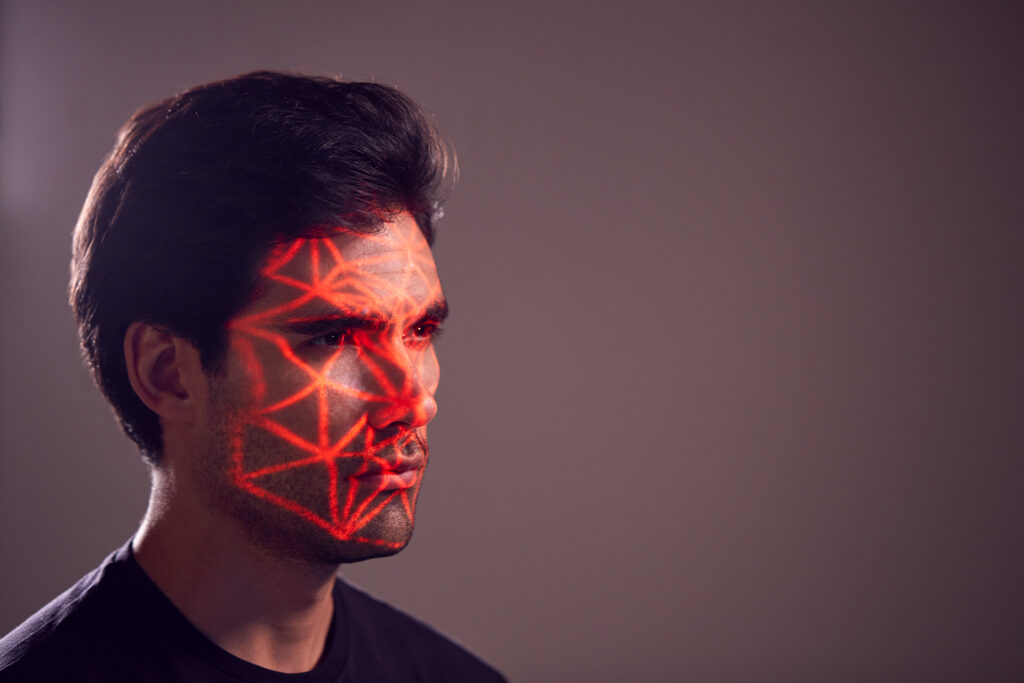In the rapidly evolving landscape of digital technology, one of the most intriguing and concerning developments is the rise of deepfakes. These AI-generated contents, which manipulate audio and video to make it appear as though individuals are saying or doing things they never did, present a complex mix of innovation, ethical dilemmas, and potential for misuse. This blog post delves into the phenomenon of deepfakes, exploring their creation, potential impacts, and the broader implications for society.
What are Deepfakes?
Deepfakes are synthetic media in which a person’s likeness, including their face and voice, is replaced with someone else’s, making it appear as though they are performing actions or saying words that are not their own. This is achieved through sophisticated artificial intelligence and machine learning technologies, particularly deep learning algorithms, which can analyze and replicate patterns in audiovisual data with astonishing accuracy.
How are Deepfakes Created?
The creation of deepfakes involves training a deep neural network—a type of AI algorithm—on a large dataset of audiovisual material of the target person. This process, known as deep learning, allows the algorithm to ‘learn’ how the person looks and sounds from various angles and in different lighting conditions. Once the model is adequately trained, it can generate new content that matches the target’s appearance and voice, which can then be superimposed onto another person’s performance.
Potential Impacts of Deepfakes
The implications of deepfakes are vast and varied, touching on everything from personal privacy to national security:
Personal and Social Consequences
Deepfakes can be used to create convincing and malicious content, such as fake pornography or revenge porn, severely impacting individuals’ lives and reputations. They also have the potential to spread misinformation, manipulating public opinion and eroding trust in media.
Political and Security Risks
In the political arena, deepfakes could be employed to fabricate speeches or incidents, potentially swaying elections or inciting social unrest. They also pose a security threat by enabling the creation of fake audio or video evidence, potentially leading to wrongful accusations or the manipulation of legal outcomes.
Addressing the Deepfake Challenge
Combating the risks associated with deepfakes requires a multi-faceted approach:
Technological Solutions
Researchers are developing detection techniques that can differentiate between real and manipulated content. These include analyzing the physical consistency of the video, such as blinking patterns, and detecting anomalies in the audio. However, as deepfake technology evolves, detection methods must constantly adapt.
Legal and Regulatory Frameworks
Legislation plays a crucial role in combating the misuse of deepfakes. Laws need to be updated to address the unique challenges posed by AI-generated content, including copyright issues, defamation, and privacy violations.
Public Awareness and Media Literacy
Educating the public about the existence and characteristics of deepfakes is essential. Media literacy campaigns can empower individuals to critically evaluate the content they consume and recognize potential deepfakes.
Conclusion
Deepfakes represent a significant challenge in the digital age, blurring the lines between reality and fiction. While they showcase the remarkable capabilities of AI, they also raise important ethical and societal questions. Addressing the deepfake phenomenon requires a concerted effort from technologists, lawmakers, and the public to mitigate their potential harms while fostering an environment where technology can continue to advance in a responsible manner.
As we navigate this complex landscape, it is crucial to remain vigilant and informed, ensuring that the digital world remains a space for innovation, creativity, and trust. Check out our first episode of Season 3 “Down the Deepfake Rabbit Hole” as we delve into this topic much deeper! Stay safe, my friends!
